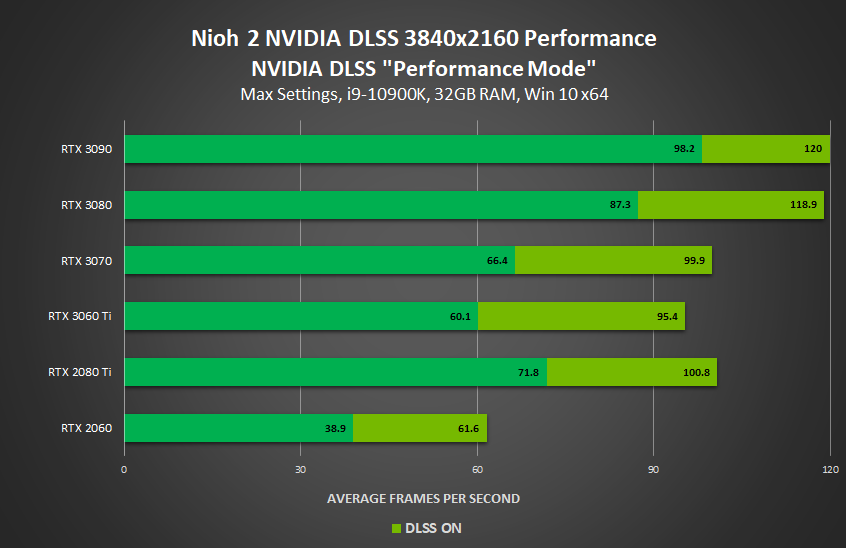The PS5 is categorically and objectively outperforming the 2060S by a substantial margin.
A lot of this thread has discussion from many folks on why the we should expect the PS5 to outperform it. Due to tflops, etc. And why it shouldn't be considered the as PS5 punching above its weight, because the 2060S is in a lower weight class. My impression of reading the thread is that most are in agreement, just a bit of arguing over the semantics.
Are you talking with DLSS or without now? Without DLSS then yes of course the PS5 should outperform a 2060/S in a non-RT game. I'm one of the people who's said that already in this thread several times. But I've not seen anyone making the same claim about a 2060S while using DLSS other than yourself. Given that DLSS can literally more than double performance in some cases I'd say it'd be unwise at best to make such a generalised statement.
But even in reference to this specific game, if that is your claim I'm just not seeing how you're reaching it. There's no common frame of reference and there's no reliable way to to equate extra resolution to performance loss in specific percentage terms.
I'll perform all of the calculations for you and break down all of your points later. I need to wait for a slow day at work to write everything out.
I'm certainly curious to see how you're reaching this conclusion. In particular how you will explain that the PS5 in either quality or standard mode needs to drop as low as 1440p at times in order to maintain 60fps while the DLSS output on the 2060 is running with 125% more resolution at 4K in those instances and goes no lower than 41fps (very briefly) in the DF video. So that's essentially 41fps at 4K vs 60fps at 1440p. How do you conclude from that that one is substantially better than the other? And that's just comparing to the 2060, not the 2060S.
In fact to look at this in a much simpler way, in the DF video (time stamped below) Alex points out that the performance uplift in his sample scene between native 4K and DLSS Quality and Performance modes are 31% and 50% respectively.
50% more performance than a 2060 according to TPU puts you comfortably above 2080S performance while 50% more performance than a 2060S put you between an RTX3070 and a RX 6800. Is it your assertion that the PS5 is "objectively outperforming the RTX 3070 by a substantial margin"?
Nvidia's own benchmarks corroborate that performance uplift here (note the 2060 slightely outperforming the 3060Ti with DLSS(P) activated.


